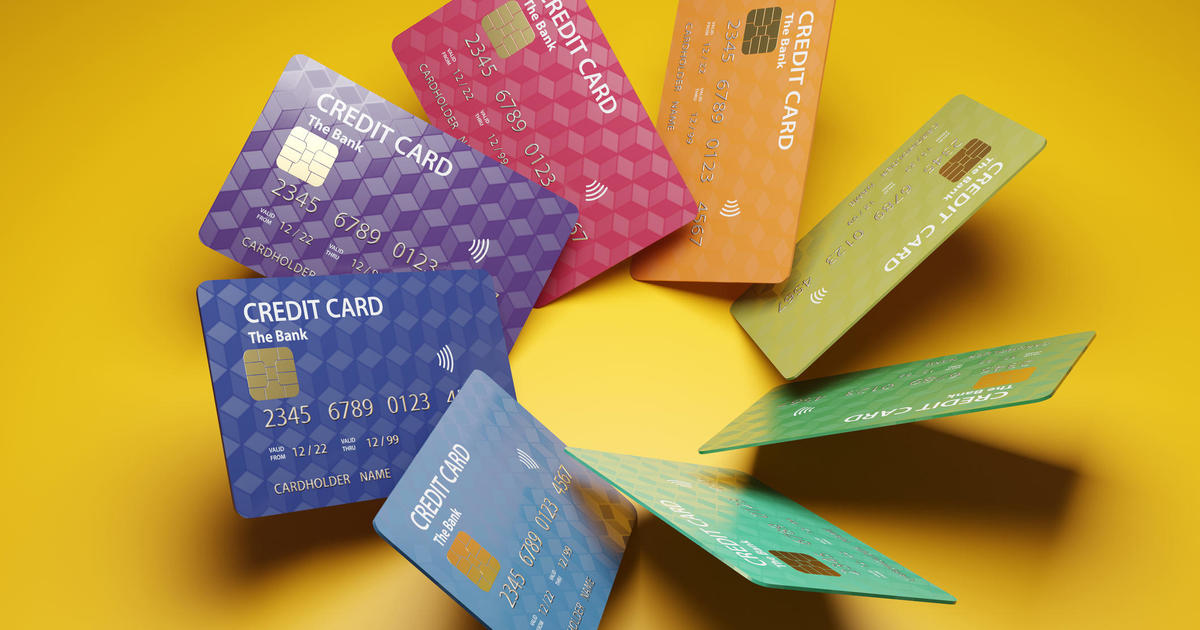Getty Images
While inflation has been cooling over the last four months, millions of Americans continue to grapple with the erosion of purchasing power caused by today’s higher housing, gas and grocery costs. As a result, many people have become increasingly reliant on their credit cards to help bridge the gap between their income and expenses. This trend comes at a particularly inopportune moment, too, as the average credit card interest rate is sitting at a record-breaking 23%.
With credit card rates as high as they are, to carry any amount of credit card debt. After all, having revolving debt with a rate of 23% (or higher, depending on your credit score, borrower profile and other factors) can result in your balance quickly growing out of control. If that happens, it can be incredibly hard to dig yourself out of the hole.
That said, some relief could be on the horizon. With inflationary pressures easing, the Federal Reserve is expected to implement its first rate cut of 2024 at its upcoming meeting, which will be held on September 17 and September 18. This shift in monetary policy could have far-reaching implications for credit card users. Below, we’ll detail what you should know.
Don’t wait for rates to drop to tackle your credit card debt. Compare your debt relief options now.
What credit card users should know about the Fed rate cut
If you’re a credit card user, here’s what you should know about the upcoming Fed rate cut:
Your card debt could become cheaper
While Federal Reserve rate changes don’t directly dictate credit card interest rates, they do exert significant influence over them. The Fed’s benchmark rate serves as a foundation for the prime rate, which in turn informs the annual percentage rates (APRs) set by credit card issuers. Consequently, a Fed rate cut is likely to translate into at least some reduction in credit card interest rates.
For example, if the Fed implements a 25-basis-point cut to its benchmark rate (which is what’s widely expected for the first rate cut), a cardholder with a $5,000 balance on a card with a 23% APR might see their rate drop to 22.75%. While this may seem modest, it could result in substantial savings for those carrying larger balances or multiple cards.
Find out how the right credit card debt relief solution could benefit you today.
It could take time for card rates to drop
While there could eventually be some relief related to September’s Fed rate cut, it’s important to temper your expectations regarding the immediacy of credit card rate reductions. That’s because credit card issuers are typically quick to raise rates in response to Fed hikes but tend to be more sluggish when it comes to lowering them. This asymmetry means that you may not feel the impact or relief from a rate cut immediately.
Several factors could also contribute to this delay. First, many card issuers review their rates quarterly, meaning that changes might not be implemented until the next review cycle. Some issuers may also choose to wait and observe market trends before adjusting their rates, particularly if they anticipate further Fed cuts in the near future — which seems more likely right now.
The magnitude of the drop is uncertain
While a 25-basis-point cut is currently the prevailing expectation, the actual magnitude of the Fed’s rate reduction remains uncertain. The central bank’s decision will be influenced by a complex array of economic indicators, including inflation trends, employment figures and global economic conditions.
But even if the Fed does implement a larger rate cut, there’s no guarantee that credit card issuers will pass on the full reduction to consumers. Some may opt for smaller decreases or stagger their rate adjustments over time. That’s part of why it’s important to approach the upcoming rate decision with cautious optimism. While relief may be on the horizon, the extent of that relief remains to be seen.
Alternative strategies may be necessary
Given the potential delays and uncertainties surrounding rate cuts, credit card users who are struggling with high-rate credit card debt may need to explore alternative debt relief strategies, like debt consolidation and debt settlement.
Debt consolidation involves combining multiple high-interest debts into a single, lower-interest loan. By consolidating your credit card debt, you can potentially reduce your overall interest payments and simplify the repayment process.
On the other hand, debt forgiveness, also referred to as debt settlement, involves negotiating with your creditors to accept a lump sum payment that is less than the full amount owed. The remaining portion of the balance is then “forgiven” by the creditor. While this approach can provide significant debt relief, it often comes with serious consequences for your credit score and there may be tax implications as well.
The bottom line
The upcoming Fed rate cut represents a potential turning point for credit card users grappling with high-interest debt. But while the prospect of lower rates offers a glimmer of hope, it’s essential for cardholders to approach this change with realistic expectations and a proactive mindset. By understanding the nuances of how rate cuts impact credit card debt and exploring alternative relief strategies, you may be able to position yourself to make the most of this shifting financial landscape.
